Here are some pictures of the Peach Orchard Colliery in Wilkes-Barre. The main complex of buidings was layed out in amost an L shape. A 300 foot landmark smoke stack next to the building closest to Washington Street was demolished in the late 70's early 80's. The first building contained the furnaces and boilers. The next building, turbines and generator. The building behind that had three rooms in it. The first room was pumps, the next, fan equipment, the next hoist equipment. Behind this building was offices. To the right of that I think was a building that housed electical distribution equipment. The date on the keystone was 1914
EVERYTHING that had scrap value was stripped out of the insides. No equipment, insulators, or anything, save a few wires remained. The thing I remember most is the odd layout of concrete catwalks, ramps, holes in the floor, and concrete piers and manholes. Metal studs, 6 to 8 inches in diameter, where the equipment was mounted, jutted out of the floors in odd locations.
Theses buildings were like our playground when we were in grade school. We were through all of theses buildings. They were well built and still safe to be in. The floors are roofs were 8 to 12 inches of concrete. The walls, a serveral layer brick construction. The foundations had thick re-enforcing rods in them going several feet up into the base of the walls. In the late 80's when they were demolished, they had a rough time.
A system of retaining walls held culm banks in place. Also a short distance away was what we called the Sulfer Pond. It was maybe 75 feet long, 15 feet wide, and connected to Mill Creek. A fellow put a depth meter to it and it was 35 ft deep. It was brown sulfer/iron oxide/acid water and most likely connected to the mines. The pond and creek were drained when the course of the creek was changed to make way for the Cross Valley Expressway. Likewise, the buildings were removed to make way for an interchange.
The photos were taken by Dave Sienkiewicz, shortly before the demolition.
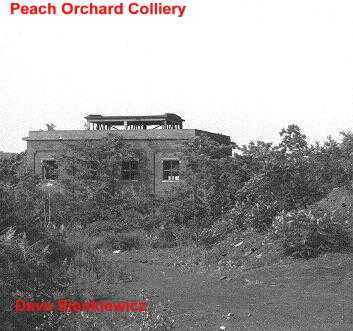



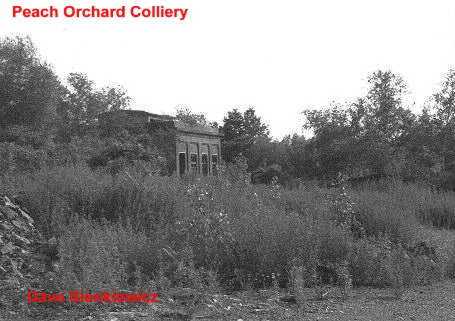
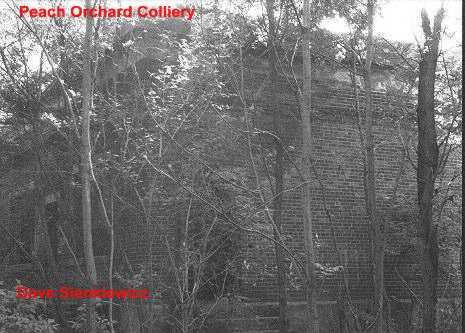
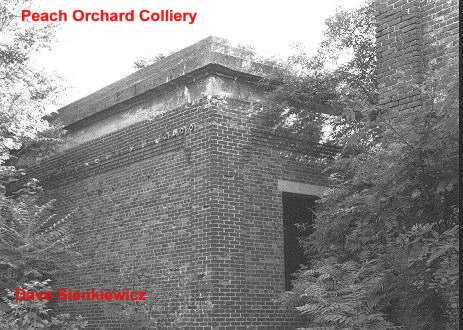
This shot shows the metal superstructure that supported the roof.
 '
'
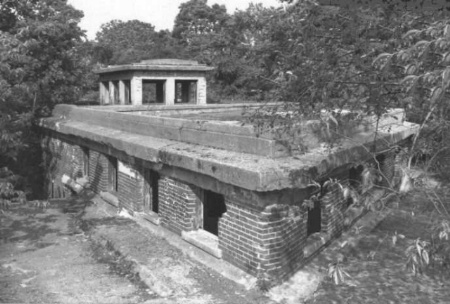 '
'
The shot below shows many pipes in the brick wall. There pipes were used to route electrical wires.
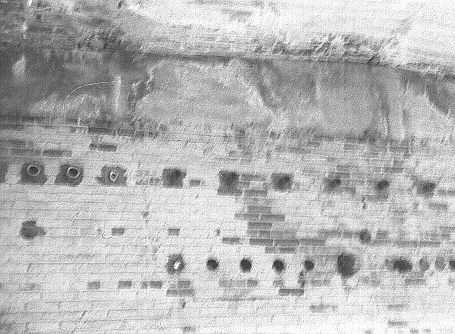

Another picture that Dave sent me. If I got the story straight, there was a fire at the ruins of the Colliery, and the fire department was working to put out the fire..


